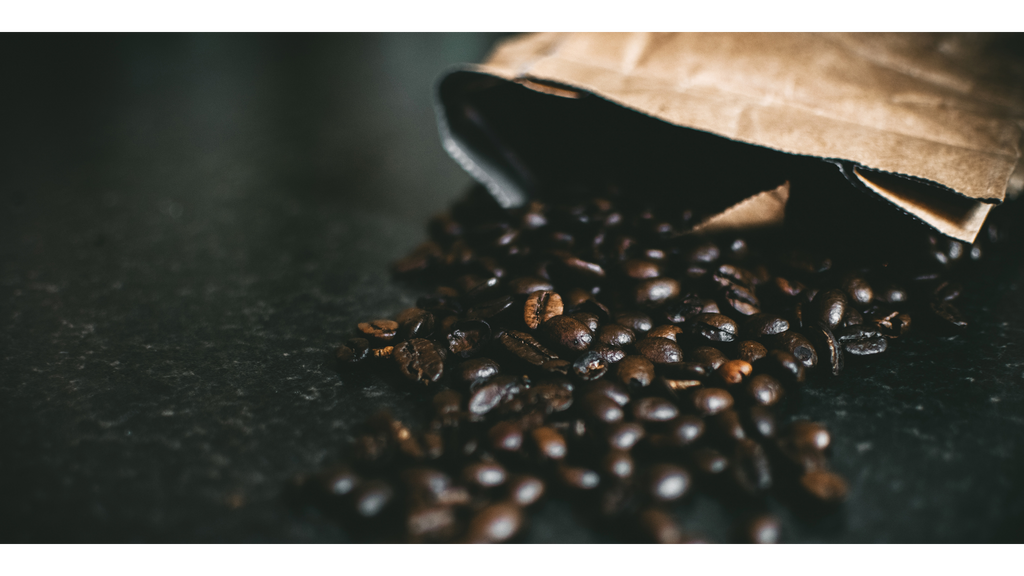Are Climatic Changes Posing A Threat To My Coffee And My Favorite Food?

With every passing year, Earth's population is increasing. It is expected that by 2050, the world's population will reach a height of around 10 billion people. And to feed 10 billion people won't be an easy task, keeping in mind the climatic changes.
Not only that, but your favorite food items are also at risk—a risk of shortage which in turn adds to their price. The climatic changes have adversely affected the production of our favorite foods, especially in the last decade.
And it goes the same way the other way around if you consider the effects of our eating habits on the climatic changes. Take avocados, for instance, whose massive demand and production lead to deforestation and, ultimately, climatic changes.
How Are Environmental Changes Going to Affect Your Favorite Coffee?

The following 30 years will completely revolutionize the world of coffee, cashews, and avocados, says the latest study conducted and published in Journal PLOS One. Before we talk about other foods in general, let's talk about coffee first, as we know that coffee holds the keys to our productivity as well as yours. Can we even imagine a day without coffee? Yikes!
Among avocados, coffee, and cashews, coffee is going to be under the rage of nature mostly. Studies have revealed that by 2050, there will be a significant decline in the number of areas where coffee can be grown. Around 25 million people all across the world produce coffee, so the income of 25 million people is also at stake.
Why Exactly is This Happening?

This is primarily due to the changes in pH and texture of soil because of heavy rainfall. Droughts are continuously making it harder and harder to grow quality coffee. Even Starbucks has started to face difficulties because of these climatic changes, says Schultz, who has served Starbucks for around four decades.
Not only droughts but an increased number of diseases, rising temperatures, global warming, and swaths of insects all are playing a conspiracy to make it difficult for you to grab your daily source of caffeine. A study that was presented recently in the journal "Climatic Change" stated that half of the land being used to produce coffee today will turn into barren land by 2050.
The Future of Cashews In Terms of Increasing Global Warming

In the light of recent and upcoming climatic changes, the effects on cashews and avocados are far more complex than on coffee. A 55% decrease in land capable of growing cashews was observed in West Africa's Benin. However, an average of 17% increase in cashew growing lands was also observed worldwide.
A few other countries also observed minor increases, all thanks to warm winters in the higher and lower latitudes, including Australia, Argentina, the United States, etc. If things continue to be like this, cashews might become cash crops soon in many countries.
The Future of Avocados in Terms of Increasing Global Warming

Avocados best grow between the temperature range of -2 °C and 38 °C. Even slight changes in the temperature above or below this range can be deleterious for the plant. A report published in 2006 said that by 2050, California would see a 50% drop I'm the production of avocados due to global warming.
Scientists working in the research center at the Zurich University of Applied Sciences, Switzerland, have also said that your favorite toast topping might disappear or shrink by 2050 due to climatic changes. If we can reduce the emissions of greenhouse gasses (GHGs) somehow, the production of enough avocados to maintain the needs of society can be maintained.
What Exactly Are These Climatic Changes That the Food Industry is Facing?

The heat stress on plants, and ultimately, on forests is increasing as the world is already warmed by 1.1 °C/ 2 °F. The severity of natural disasters is also at its peak, destroying more and more crops and fields every year.
It is estimated roughly that by 2100, the world's temperature will rise by a further 3 °C/ 5.5 °F. If the climate continues to show variations at the present rate, you can expect one of the following three conditions.
- A drastic reduction in greenhouse gas emissions - global warming limited to 1.6 °C / 2.9 °F
- A moderate reduction in greenhouse gas emissions - global warming limited to 2.4 °C / 4.3 °F
- No reduction at all / increase in greenhouse gas emissions - global warming increased over 4°C / 7°F
What Can We Do in This Situation?

Things cannot continue to be like this if we are not to miss out on our favorite food items. This won't be easy for sure, but climatic changes are necessary. The administration will have to come forward and take some steps. Here's what we and the government combined can do for the food industry's better and sustainable future.
- Cooler elevations when and where possible
- Enrichment of soils
- Shifting plantations to somewhere higher
- Growing drought resistant plants
- Breeding heat-tolerant crops
- Implementation of good irrigation strategies
This won't be easy for small growers or farmers as all these will cost a lot, but we really need alternative crops. It's now time to think ahead of time and invest in the future as it is not only for the people who eat these foods but also for those who earn a living by selling these foods.
Final Verdict
In his recently published book "Our Changing Menu," Michael Hoffman said that every time you search for favorite food followed by climatic changes, you would see a story that says climatic changes are affecting your favorite food in some way or the other.
If we don't take enough precautionary measures right now, it will be too late, and the climatic conditions will get out of our control. So it's better to be prepared for the worst but still, hope for the best!





